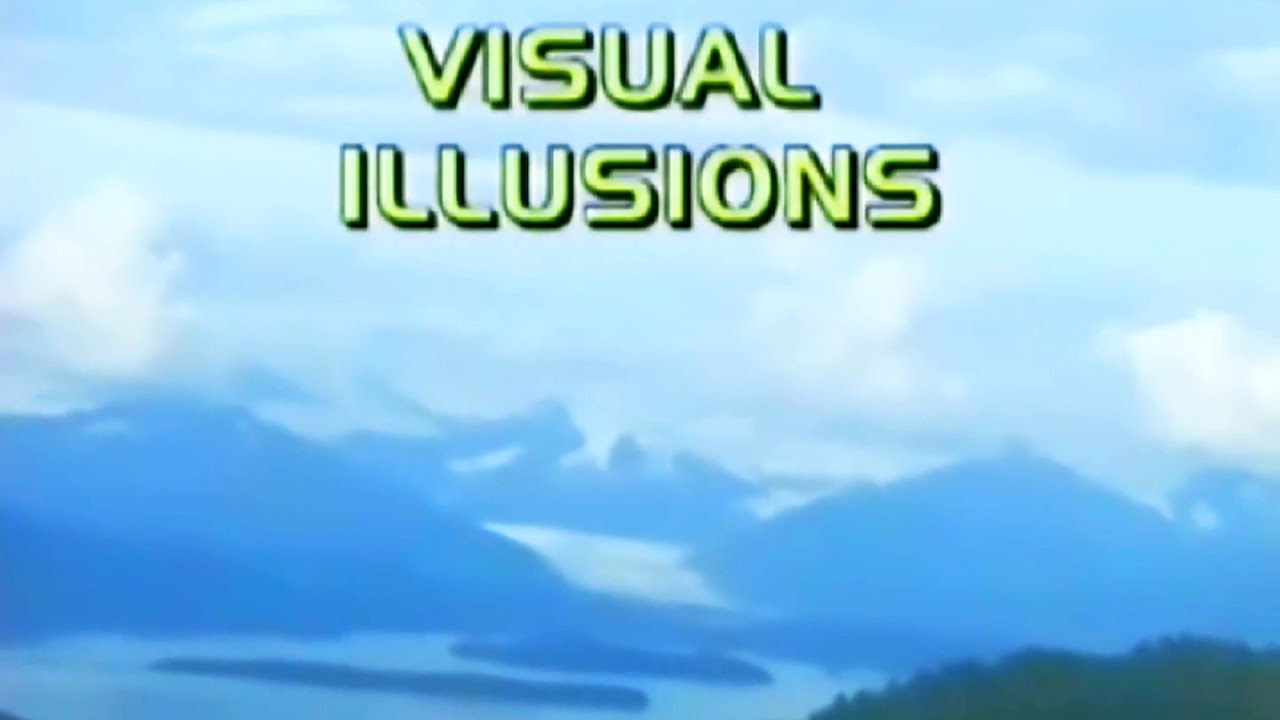Pilot Training Films playlist:
more at:
The visual systems of the human body, and how they can become factors in spatial disorientation of aircraft pilots.
“Physiology of Flight: Spatial Disorientation Part 2.” Federal Aviation Administration pilot training film.
Public domain film from the US National Archives, slightly cropped to remove uneven edges, with the aspect ratio corrected, and one-pass brightness-contrast-color correction & mild video noise reduction applied.
The soundtrack was also processed with volume normalization, noise reduction, clipping reduction, and/or equalization (the resulting sound, though not perfect, is far less noisy than the original).
Spatial disorientation, spatial unawareness is the inability of a person to correctly determine his/her body position in space. This phenomenon refers especially to aircraft pilots and underwater divers, but also can be induced in normal conditions — chemically or physically (e.g. by blindfolding). In aviation, the term means the inability to correctly interpret aircraft attitude, altitude or airspeed, in relation to the Earth or point of reference, especially after a reference point (e.g., the horizon) has been lost. Spatial disorientation is a condition in which an aircraft pilot’s perception of direction does not agree with reality. While it can be brought on by disturbances or disease within the vestibular system, it is more typically a temporary condition resulting from flight into poor weather conditions with low or no visibility. Under these conditions the pilot may be deprived of an external visual horizon, which is critical to maintaining a correct sense of up and down while flying.
A pilot who enters such conditions will quickly lose spatial orientation if there has been no training in flying with reference to instruments. Approximately 80% of the private pilots in the United States do not have an instrument rating, and therefore are prohibited from flying in conditions where instrument skills are required. Not all pilots abide by this rule and approximately 40% of the NTSB fatal general aviation accident reports list “continuation of flight into conditions for which the pilot was not qualified” as a cause…
Because human senses are adapted for use on the ground, navigating by sensory input alone during flight can be dangerous: sensory input does not always accurately reflect the movement of the aircraft, causing sensory illusions. These illusions can be extremely dangerous for pilots…
Visual illusions
Visual illusions are familiar to most of us. Even under conditions of good visibility, one can experience visual illusions.
Linear perspective illusions
This illusion may make a pilot change (increase or decrease) the slope of their final approach. They are caused by runways with different widths, upsloping or downsloping runways, and upsloping or downsloping final approach terrain…
Upsloping terrain or narrow or long runway
A final approach over an upsloping terrain with a flat runway, or to an unusually narrow or long runway may produce the visual illusion of being too high on final approach. The pilot may then increase their rate of descent, positioning the aircraft unusually low on the approach path.
Downsloping terrain or wide runway
A final approach over a downsloping terrain with a flat runway, or to an unusually wide runway may produce the visual illusion of being too low on final approach…
Black-hole approach illusion
A black-hole approach illusion can happen during a final approach at night (with no stars or moonlight) over water or unlit terrain to a lighted runway, in which the horizon is not visible…
Autokinetic illusion
The autokinetic illusion occurs at night or in conditions with poor visual cues. This illusion gives the pilot the impression that a stationary object is moving in front of the airplane’s path; it is caused by staring at a fixed single point of light (ground light or a star) in a totally dark and featureless background…
False visual reference illusions
False visual reference illusions may cause the pilot to orient the aircraft in relation to a false horizon…
Vection illusion
This is when the brain perceives peripheral motion, without sufficient other cues, as applying to itself…
Repeating pattern illusion
This is when an aircraft is moving at very low altitude over a surface that has a regular repeating pattern, for example ripples on water. The pilot’s eyes can misinterpret the altitude if each eye lines up different parts of the pattern rather than both eyes lining up on the same part. This leads to a large error in altitude perception…

